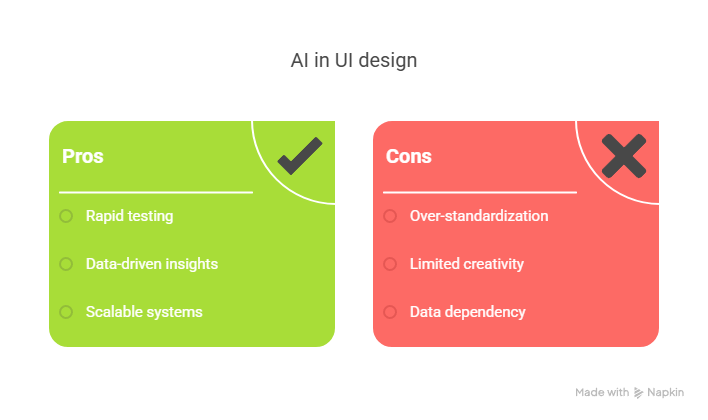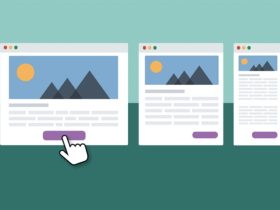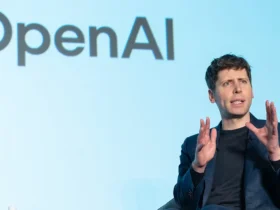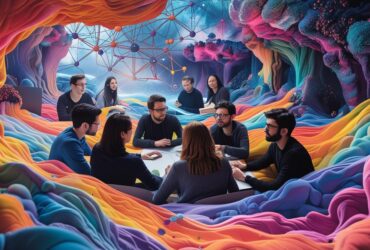The Rise of Automated Web Design: What It Means for the Future
As automated web design tools powered by AI become more accessible, the future of web design is being fundamentally reshaped. These intelligent platforms are reducing the need for manual coding, offering real-time layout optimization, and even handling design aesthetics. From no-code tools to advanced generative design systems, we are entering an era where websites can essentially build themselves. But will AI replace web designers altogether? Let’s explore the trends, implications, and how professionals should adapt.
How Automation is Transforming Web Design
Web design is no longer strictly reserved for those fluent in HTML, CSS, or JavaScript. With the introduction of automated web design platforms, even non-technical users can launch professional websites within hours.
Key Drivers of Automation:
- No-code platforms like Webflow, Wix, and Framer reduce dependency on developers.
- AI-based layout systems optimize user experience in real-time.
- Generative design algorithms personalize pages based on user data and behavior.
These tools enable businesses and creators to focus more on strategy and content, while automation takes care of structure and visual appeal. Tools offered by digital agencies such as Webie often integrate these technologies into their workflows to maximize efficiency.

Will AI Replace Web Designers?
This question is becoming increasingly relevant as AI design tools grow more sophisticated. While automation is transforming the industry, it’s unlikely that human designers will become obsolete. Instead, their roles are evolving.
Why Human Designers Still Matter:
- Emotional intelligence: Understanding human behavior and storytelling can’t be fully automated.
- Creative strategy: Designers craft brand identity and user journey, which machines still struggle with.
- Customization and uniqueness: Templates can only go so far; originality still requires a human touch.
That said, designers will need to develop new skills, including AI tool management, prompt writing, and human-centered UX design. For a deeper dive into how technology affects creative roles, check out the podcast section at BozzaBench.
Embracing Generative Design: Friend or Foe?
Generative design represents the intersection of AI and creativity. These systems use data inputs and machine learning to generate multiple design iterations instantly. While this sounds revolutionary, it comes with limitations.
Pros:
- Quick A/B testing and prototyping.
- Data-driven UI suggestions.
- Scalability for large design systems.
Cons:
- Risk of over-standardization.
- Creativity limited to predefined parameters.
- Dependency on accurate input data.

Understanding how and when to leverage generative design is key for agencies and freelancers alike. If you’re exploring how to improve the user experience within automated frameworks, you might find this internal guide helpful: Why Your Business Needs a Web Design Agency to Thrive Online.
How Designers Can Future-Proof Their Roles
To stay relevant, web designers must evolve alongside automation. That means learning how to use AI tools not as a replacement, but as a partner in creativity.
Tips to Adapt:
- Learn to integrate AI into your design process.
- Focus on user research, branding, and storytelling.
- Embrace no-code tools as part of your toolkit.
- Explore human-AI collaboration in prototyping and testing.
In short, the future doesn’t belong to machines alone—it belongs to those who know how to work with them.
Conclusion: A New Era of Web Design
While automated web design is clearly shaping the future of web design, it doesn’t spell the end of human creativity. Rather than asking “Will AI replace web designers?” the real question is, “How will designers and AI collaborate?” The answer lies in a balanced approach—leveraging no-code tools, embracing generative design, and focusing on human-centered innovation.
Need expert guidance on adapting your brand to this AI-driven shift? Visit Webie for innovative digital solutions tailored to your business needs.



























Leave a Reply